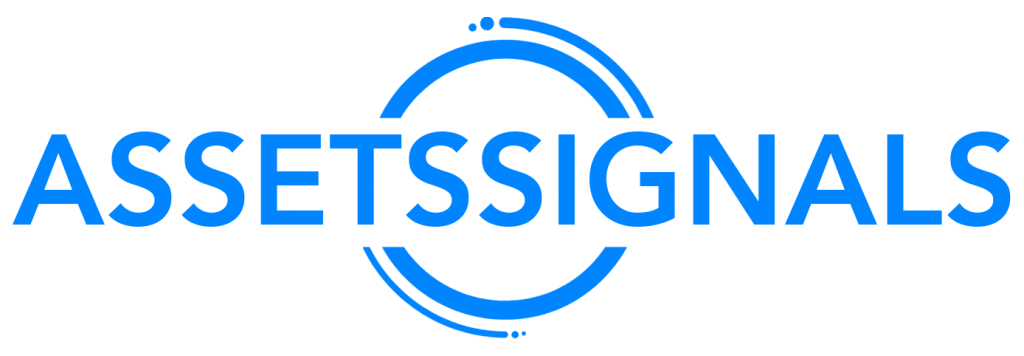The Pound Sterling (GBP) edges up moderately against the US Dollar (USD) in the mid-North American session but trades sideways unable to reclaim a key resistance level at the 50-day moving average (DMA). US and UK central bank speakers adopting a cautious stance and the lack of important economic data would likely keep the major within familiar levels. the GBP/USD trades at 1.2628, up 0.10%, but virtually flat in the week. Even though the GBP/USD remains up in the day, it remains capped by comments made by Federal Reserve (Fed) officials. During the week, they said that the disinflation process continued and that they would eventually cut rates but pushed against the speed of easing, priced in by market players.
Data-wise, the latest unemployment claims report in the US showed the labor market remains tight. Meanwhile, the revisions for the US Consumer Price Index (CPI) confirmed the progress on inflation, as CPI stood at 3.3% YoY, while Core CPI at 3.7%. The report suggests the Fed is doing a good job, but it’s not done, as said by most policymakers. Regarding that, the Richmond Fed President Thomas Barkin said, “he’s cautious about the accuracy of recent data,” and added they (the Fed) could be patient before making any changes to monetary policy.
On the other side of the Atlantic, the Bank of England (BoE) member Jonathan Haskel commented that he sees progress on inflation despite voting for an interest rate increase in the last meeting. The BoE added they would be data-dependent, and next week’s economic calendar would provide an update on inflation and economic growth. Meanwhile, monetary policy easing expectations for the Federal Reserve remain high, with traders seeking 120 basis points (bps) of cuts. Contrarily, the BoE is expected to slash rates by 75 bps, which would favor the Pound Sterling, opening the door for some upside in the GBP/USD pair. The GBP/USD trades near weekly highs but buyers must reclaim the 50-DMA at 1.2672, which could open the door for further gains. The next resistance is 1.2700, followed by the February 2 high at 1.2772. On the flip side, if sellers step in and push prices below 1.2600, they could challenge the 200-DMA at 1.2562. Once cleared, an additional downside is seen at 1.2500. Therefore, the path of least resistance is downwards, as the Relative Strength Index (RSI) suggests that buyers are in charge.

